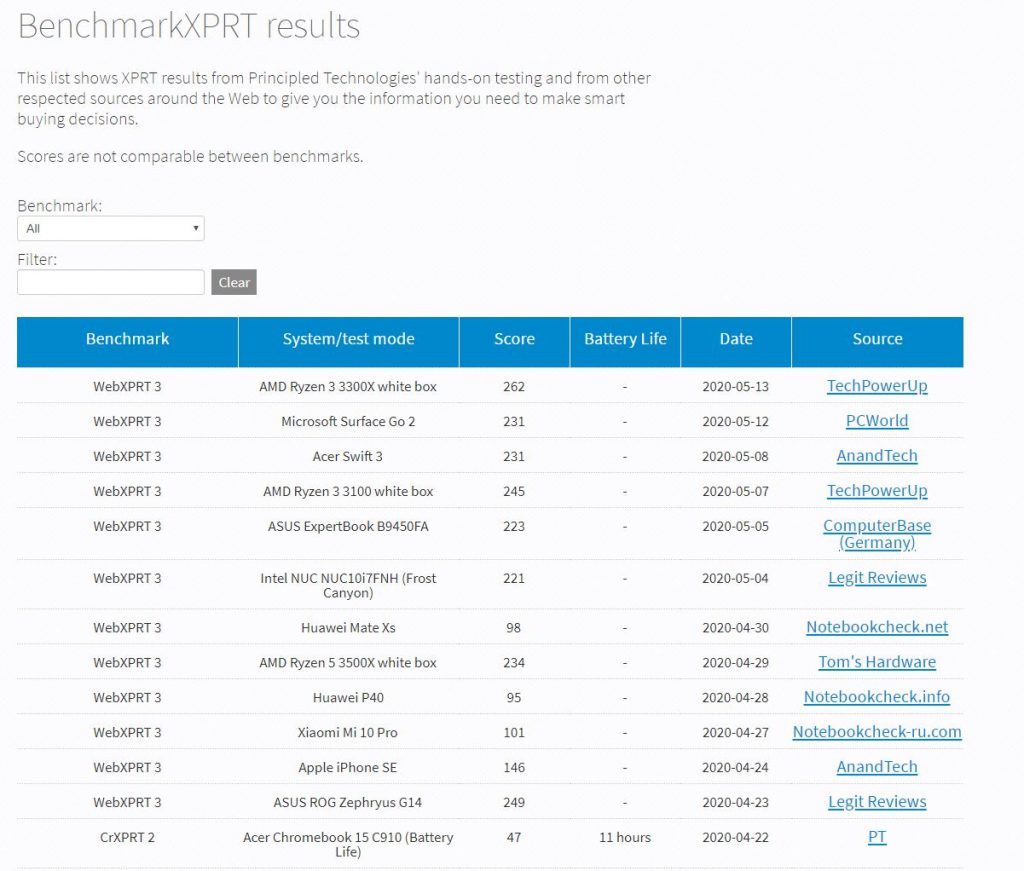The CloudXPRT Preview installation packages are now available on CloudXPRT.com and the BenchmarkXPRT GitHub repository! The CloudXPRT Preview includes two workloads: web microservices and data analytics (you can find more details about the workloads here). Testers can use metrics from the workloads to compare IaaS stack (both hardware and software) performance and to evaluate whether any given stack is capable of meeting SLA thresholds. You can configure CloudXPRT to run on local datacenter, Amazon Web Services, Google Cloud Platform, or Microsoft Azure deployments.
Several different test packages are available for download from the CloudXPRT download page. For detailed installation instructions and hardware and software requirements for each, click the package’s readme link. The Helpful Info box on CloudXPRT.com also contains resources such as links to the CloudXPRT master readme and the CloudXPRT GitHub repository. Soon, we will add a link to the CloudXPRT Preview source code, which will be freely available for testers to download and review.
All interested parties may now publish CloudXPRT results. However, until we begin the formal results submission and review process in July, we will publish only results we produce in our own lab. We anticipate adding the first set of those within the coming week.
We’re thankful for all the input we received during the initial CloudXPRT development process, and we welcome feedback on the CloudXPRT Preview. If you have any questions about CloudXPRT, or would like to share your comments and suggestions, please let us know.
Justin













